In December 1985, the Christies auction house in London put a bottle of Chateau Lafite from 1787 up for auction. In addition to the age of the wine, the bottle had a very particular history: the initials "Th.J" engraved on it were due to the fact that it belonged to the private collection of US President Thomas Jefferson.
Logically, this story increased the value of the bottle of wine and Christies wanted it to be true. It is true that he had it easy, since Thomas Jefferson was ambassador to France from 1785 to 1789 and, in addition, he was a great wine lover and an expert wine taster. In fact, when he returned to the US, he ordered several batches of Bordeaux wine to be sent to him and each bottle was marked with his initials. So, it was a plausible story to say the least.
For that 1787 Chateau Lafite , $157,000 was paid, the highest price ever paid for a bottle of wine.
That auction opened the floodgates for the so-called Jefferson bottles and collectors went in search of these rarities. At the end of the 1980s, the American collector William Koch, and of course a multimillionaire, had obtained four Jefferson bottles, dated between 1784 and 1787, for a total of 500,000 dollars. For several years they remained in the magnate's cellars to show off to his friends... until 2005. The Boston Museum of Fine Arts asked Koch for some items from his antiquities collection for an exhibition. Doubting the authenticity of the wine bottles, the museum staff sought historical corroboration through the Thomas Jefferson Foundation. The response was not what they expected...
We do not believe that these bottles belonged to Thomas Jefferson.
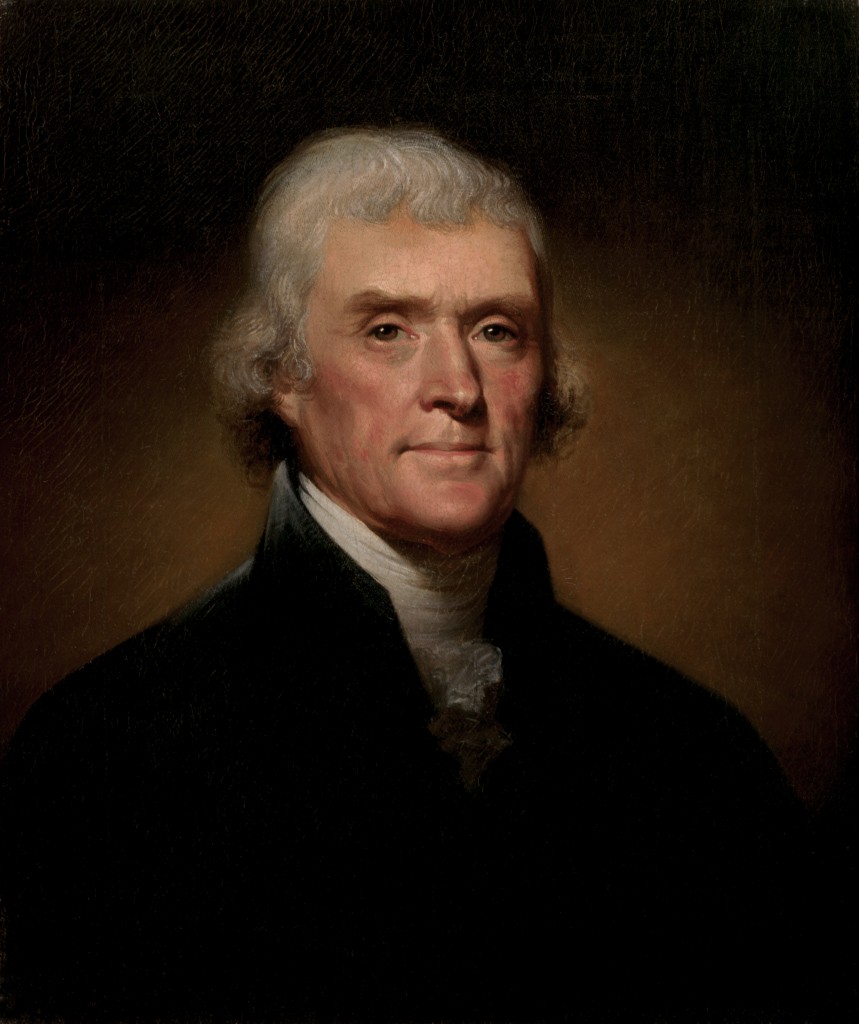
Portrait of President Thomas Jefferson. Year: 1800
Feeling cheated, Koch hired former FBI agent Jim Elroy to investigate the provenance of the Jefferson bottles. Elroy assembled a team of wine experts, including a former Scotland Yard inspector and a former MI5 agent, and launched an international investigation. It didn't take them long to identify Hardy Rodenstock, a music publisher known for organising lavish tastings among celebrities and wine critics, as the man responsible for putting the Jefferson bottles on the market.
Elroy's next step was to date the wine to see if, at the very least, the wine was from the 18th century, because the tracing of many other bottles of 18th century Chateau Lafite dated back to the 1960s. Moreover, I had to do it without opening the bottles and spoiling the contents. Difficult, but not impossible.
The solution was found in an article published by French physicist Philippe Hubert in the journal Scientific American. Philippe Hubert had devised a method to test the age of wine without opening the bottle using low-frequency gamma rays. to detect the presence of the radioactive isotope caesium-137. Cesium-137 is not naturally occurring; it is the result of radioactive fallout, and therefore a wine bottled before 1945, the year of thefirst nuclear weapon test and the atomic bombs on Hiroshima and Nagasaki, does not contain caesium-137. So Elroy travelled with the bottles to France. The physicist performed the tests and, to Elroy's surprise, they did not contain the radioactive isotope. The wine had been bottled before 1945. However, the story was not over yet.
Elroy and his team discovered something strange about the bottles themselves... the initials "Th.J" etched into the glass looked too perfect and too identical to have been made with a copper wheel - a tool used in the 18th century. He contacted an expert and after examining the bottles it was concluded that they had been engraved with a power tool similar to those used by dentists, so these bottles never belonged to Thomas Jefferson.
Koch filed a civil suit against Rodenstock in 2006. Rodenstock refused to participate, claiming that Koch had not bought the bottles directly from him and that he could not be charged in a US court because he was a German citizen. Rodenstock was never charged.
Now, when Kock shows his cellar to friends, he likes to brag about owning Thomas Jefferson forgeries.






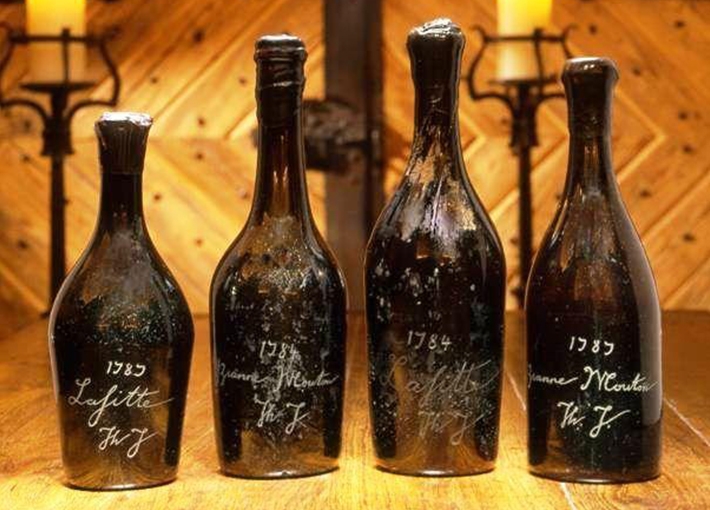
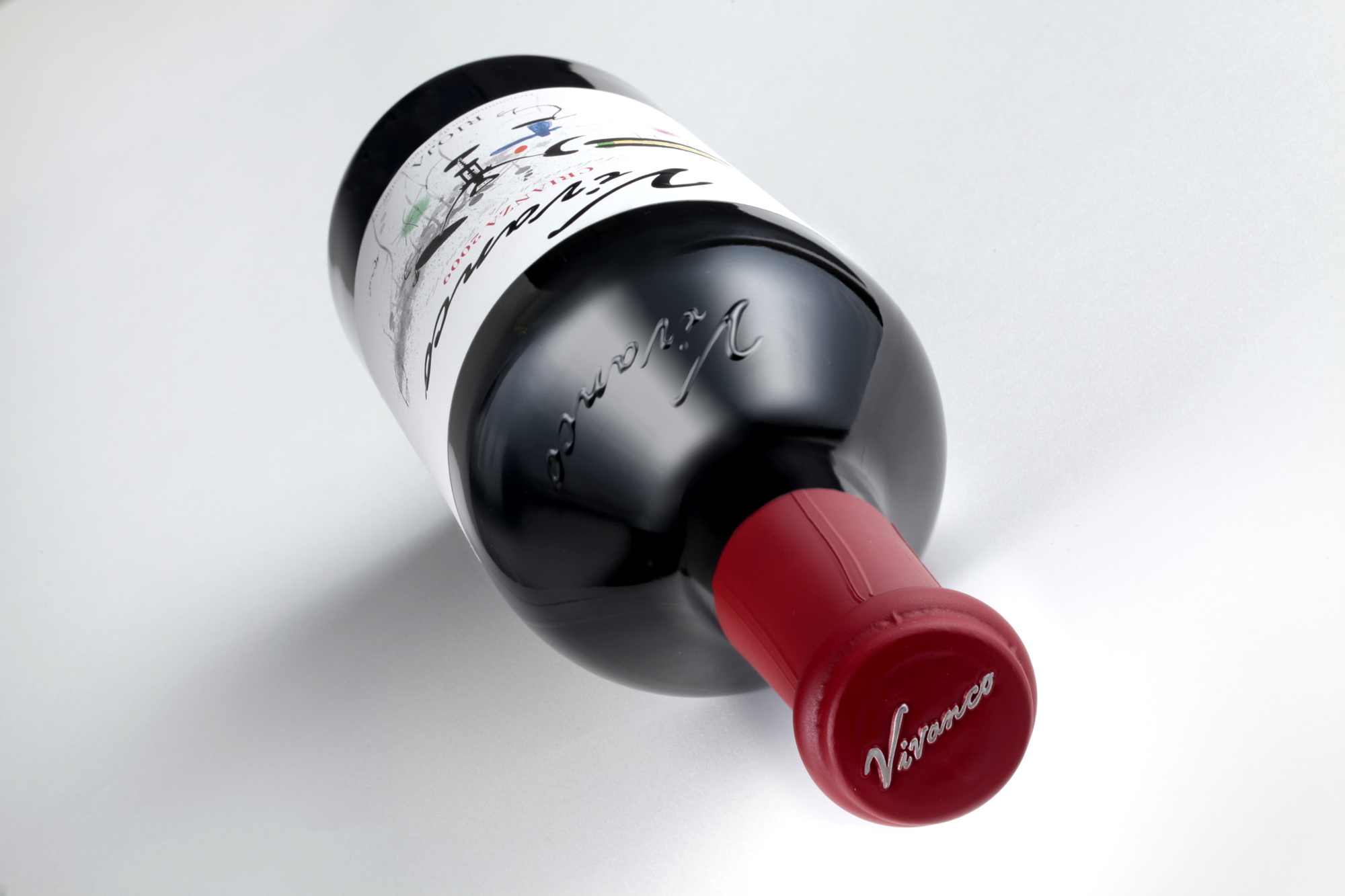
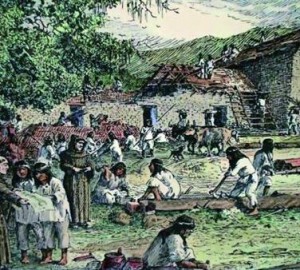
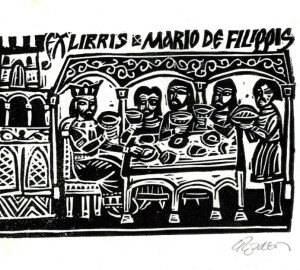







Excellent article very well written within the parameters of good humour.
We learn with a smile.
Please let me know if you write another one.
Thank you